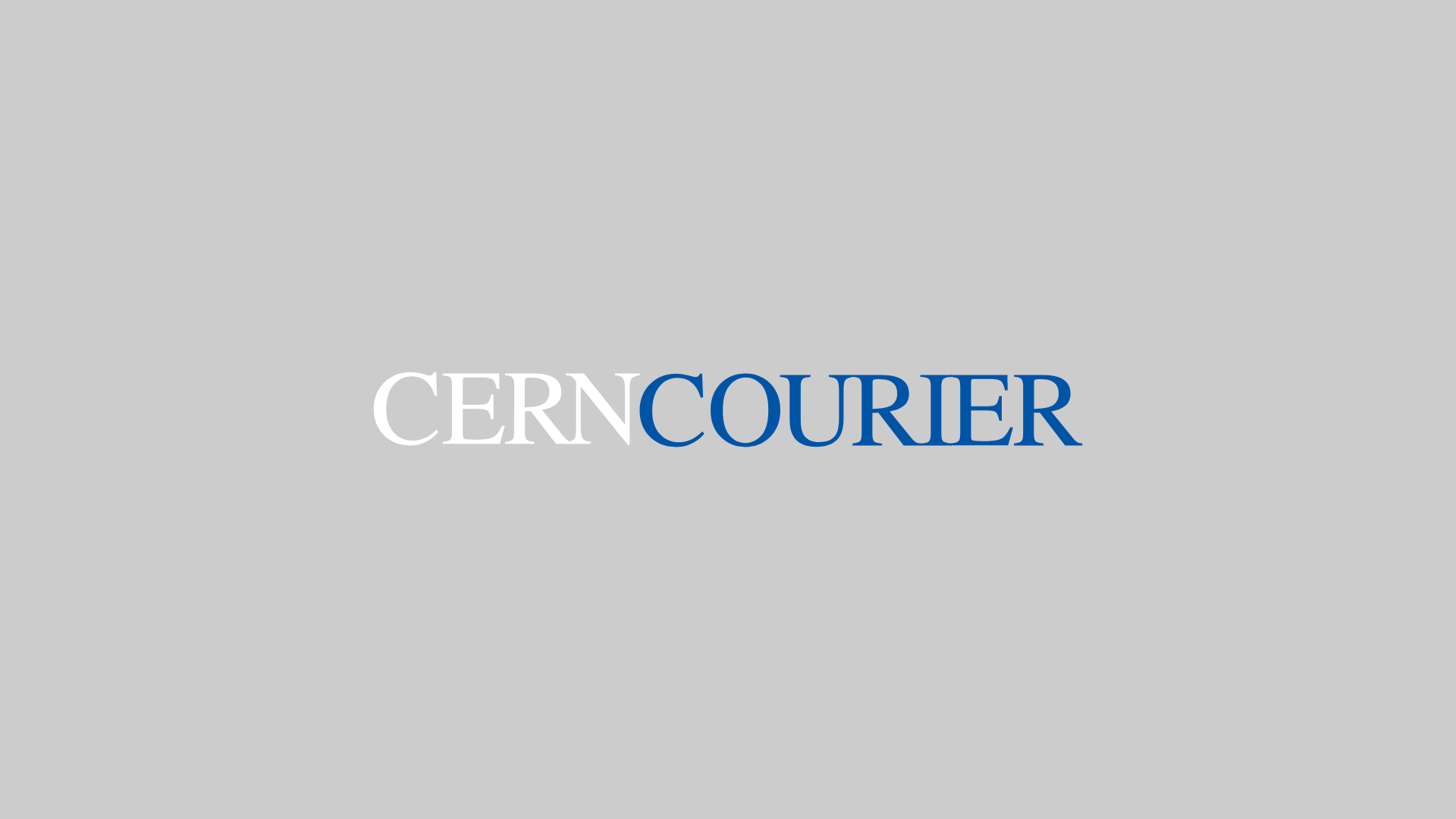 Read article 'Black hole survey'
Read article 'Black hole survey'
Black hole survey
NASA has chosen the first six science projects for its Space Infrared Telescope Facility (SIRTEF). By far the biggest chunk of observing time will go to the Black Holes and Galaxies project – an...





